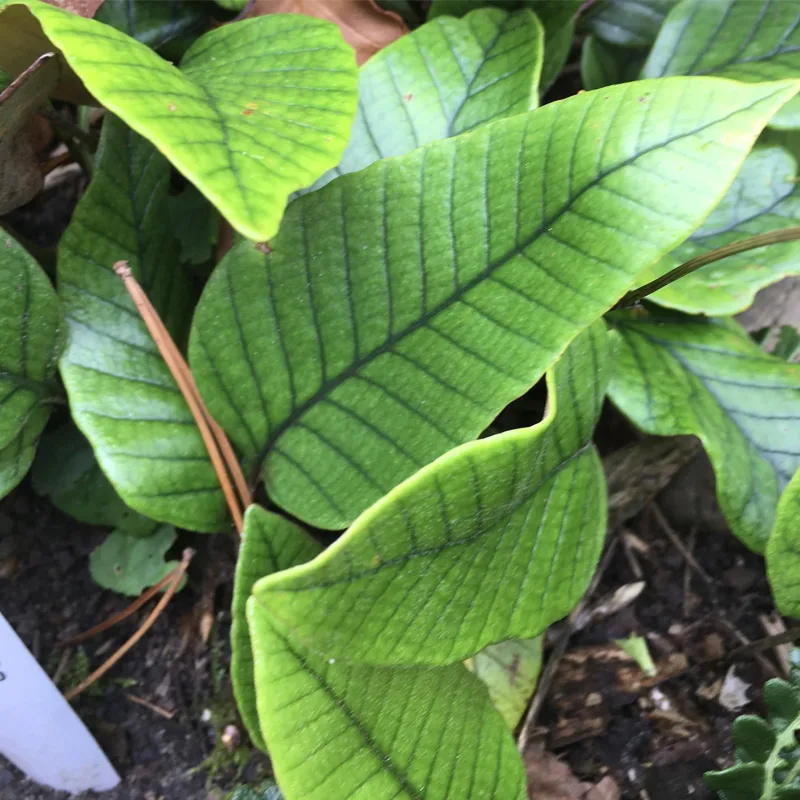
What Is Lactuca Serriola?
Lactuca Serriola, commonly known as Prickly Lettuce, is a wild lettuce species native to the Mediterranean region but now found worldwide. It’s recognized for its bitter taste and distinctive spiky leaves. Unlike the cultivated lettuce varieties we commonly see in salads, Lactuca Serriola has a more rugged appearance and grows in a more wild, untamed manner.
117 Species in Genus Lactuca
Can You Smoke Lactuca Serriola?
This is a question I’ve come across frequently. Lactuca Serriola, like its relative Lactuca Virosa, has been historically used as a mild sedative. Some people claim that smoking Lactuca Serriola can induce a calming effect. However, it’s important to note that there’s limited scientific evidence to support these claims. The effects of smoking Lactuca Serriola are not well-documented, and it’s always wise to approach such practices with caution. If you’re considering this, it’s crucial to research thoroughly and consult with a medical professional.
Does Lactuca Serriola Have Solid or Hollow Stems?
One distinguishing feature of Lactuca Serriola is its stem. Unlike some plants with solid stems, Lactuca Serriola has hollow stems. This characteristic is quite noticeable and can help in identifying the plant. The hollow stems are part of what gives the plant its unique structure and are an adaptation that helps the plant grow tall and upright.
Is Lactuca Serriola Edible?
Yes, Lactuca Serriola is technically edible. However, it’s not commonly consumed due to its bitter taste and potential for causing digestive discomfort. In some cultures, the young leaves are used in salads or cooked dishes, but they’re not a staple in most diets. If you choose to eat it, be prepared for a strong, bitter flavor that may not be to everyone’s liking.
Lactuca Serriola vs. Lactuca Virosa
Lactuca Serriola and Lactuca Virosa are often compared because they share some similarities, such as their appearance and the potential for sedative effects. However, there are key differences. Lactuca Virosa, also known as Opium Lettuce, is more renowned for its milky latex, which is thought to have stronger sedative properties. In contrast, Lactuca Serriola has a less pronounced effect and is more commonly found in the wild. Both plants have a bitter taste and are not commonly used in culinary applications.
Lactuca Serriola vs. Sonchus
When comparing Lactuca Serriola to Sonchus, or Sow Thistle, several differences stand out. Sonchus species, like the Common Sow Thistle, have broader leaves and a more rounded appearance compared to the spiky, jagged leaves of Lactuca Serriola. Both plants belong to the Asteraceae family, but Sonchus is generally less bitter and more palatable for consumption. In terms of medicinal uses, Sonchus is not as well-known as Lactuca Serriola, which is sometimes used for its purported sedative effects.
How to Care for Lactuca Serriola?
Caring for Lactuca Serriola involves understanding its preference for growing conditions. This plant thrives in well-drained soil and enjoys full sun. It is relatively low-maintenance, but it’s essential to keep it in a location where it can grow freely without competition from other plants. Regular watering is necessary, especially during dry periods, but avoid overwatering as it can lead to root rot.
How to Propagate Lactuca Serriola?
Propagation of Lactuca Serriola can be done through seeds. Plant the seeds in the spring or fall, in well-drained soil. They should be sown on the surface of the soil and lightly covered. Keep the soil moist but not waterlogged, and the seeds should germinate within a few weeks. Once seedlings are established, they can be transplanted to their final growing location.
What to Plant With Lactuca Serriola?
Lactuca Serriola can be grown alongside other wildflowers and grasses that share similar growing conditions. Plants like Yarrow or Clover can make good companions, as they have similar soil and light requirements. Avoid planting it with other aggressive species that might overshadow or compete with it.
Can You Grow Lactuca Serriola Indoors?
Growing Lactuca Serriola indoors is challenging but not impossible. It requires a lot of light and space to mimic its natural outdoor conditions. If you have a bright, sunny windowsill or access to grow lights, you might be able to cultivate it indoors. Be prepared for the plant to grow quite tall, and ensure you have a large enough container to accommodate its growth.
Is Lactuca Serriola Toxic?
Lactuca Serriola is not considered highly toxic. However, like many wild plants, it can cause digestive upset in some individuals if consumed in large quantities. It’s always best to start with small amounts if you’re trying it for the first time and monitor for any adverse reactions.
Benefits of Lactuca Serriola
Lactuca Serriola has been used traditionally for its potential calming effects. Some people find it useful as a mild sedative or relaxant. Additionally, its bitter compounds may have digestive benefits, although more research is needed to fully understand these effects.
Common Problems with Lactuca Serriola
One common issue with Lactuca Serriola is its tendency to become invasive. In some areas, it can spread quickly and outcompete other plants. Additionally, its bitter taste makes it less desirable for culinary use, limiting its appeal to gardeners who might otherwise cultivate it for its medicinal properties.
In summary, Lactuca Serriola is a fascinating plant with a range of uses and characteristics. Whether you’re considering its potential sedative effects, its edibility, or its role in your garden, understanding these aspects can help you make the most of this unique wild lettuce.
If i die, water my plants!



